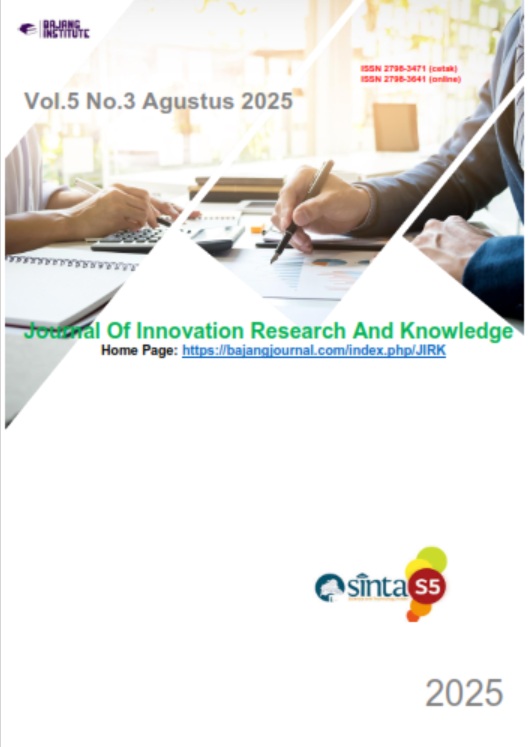STUDI KOMPARATIF KECEPATAN ALIRAN DAN DEBIT AIR MENGGUNAKAN OBJEK APUNG : SIMULASI SUNGAI TOLADAN
Keywords:
Flow Velocity, Float Method, Water Discharge, TRW (Toladan River Watershed)Abstract
Rivers play a crucial role in ecosystems and human life. Accurate understanding of hydraulic characteristics, such as flow velocity and discharge, is essential for sustainable water resource management, flood mitigation, infrastructure planning, and aquatic ecological studies. To comparatively examine the hydraulic characteristics of a river, this study was conducted on a micro scale using the float method, with simulations performed on the Toladan River.The research was carried out in the Toladan River Watershed (TRW) located in Jayapura Regency, mapped on a small scale and divided into three observation points, with a total observation area of approximately 514.75 m².Measurements were conducted using the float method, with the floating object being a cardboard box measuring 4 cm × 3 cm × 2 cm. The data collected consisted of the travel time of the water flow, which was used to calculate flow velocity and discharge. The results showed that the highest flow velocity was recorded at the first observation point at 0.367 m/s, followed by the second point at 0.331 m/s, and the third point at 0.148 m/s. In contrast, the highest discharge was observed at the third point, reaching 0.654 m³/s, followed by the second point at 0.448 m³/s, and the lowest at the first point with 0.382 m³/s. These findings indicate a linear relationship between flow velocity and discharge, influenced by the cross-sectional area of the stream: lower flow velocity with higher discharge suggests a wider cross-sectional area. The results also show that discharge in the Toladan River is not constant and that flow velocity is affected by watershed size, river depth, and watershed slope.
References
Rustan, F. R., Tanje, H. W., Sukri, A. S., Amir, M. K., Sriwati, M., & Rachman, R. M. (2024). Hidrologi. TOHAR MEDIA.
Asdak, C. (2023). Hidrologi dan Pengelolaan Daerah Aliran Sungai. Universitas Gadjah Mada.
Kristanto Philip.(2019). Fisika Dasar : Teori, Soal dan Penyelesaian. Peneribit ANDI. Yogyakarta
Dingman, S. L. (2015). Physical Hydrology 3rd ed.
Fitriyani, N. P. V. (2022). Analisis Debit Air di Daerah Aliran Sungai (DAS). Jurnal Ilmu Teknik, 2(2).
Giancoli, Douglas C. (2001). Fisika Edisi Kelima Jilid 1. Erlangga. Jakarta
Dayana, I., & Marbun, J. (2023). Mekanika Fluida. GUEPEDIA.
Andawayanti, U. (2019). Pengelolaan Daerah Aliran Sungai (DAS) Terintegrasi. Universitas Brawijaya Press.
Suprayogi, S., Purnama, L. S., & Darmanto, D. (2024). Pengelolaan Daerah Aliran Sungai. UGM PRESS.
Mardiatno, D., & Marfai, M. A. (2021). Analisis bencana untuk pengelolaan daerah aliran sungai (das): studi kasus kawasan hulu das Comal. Ugm Press.
Yoku, R., Irawan, S., Kopeuw, A. J., Hay, H.A., & Daullu, M. A.(2025). Analysis of Water Flow Rate in the Kemiri River, Jayapura District. Jurnal Fisika Papua, 4(1).















